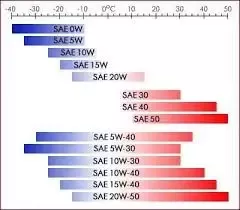Testing a crankshaft is essential to diagnose issues related to engine performance. Here are some methods to test a crankshaft position sensor (CKP) using either a scanner or a multimeter:
- Scanner Method:
- Check Engine Light (CEL): If your CEL is on, use a diagnostic scan tool to retrieve trouble codes. Codes between P0335 and P0338 often correspond to crankshaft sensor problems.
- RPM Reading: Set the scanner so you can read the engine RPM and crank the engine as well. The scan tool should display a reading between 100 and 500 RPM. A bad reading indicates a faulty crankshaft sensor, while a reading of zero suggests complete sensor failure.
- Multimeter Method:
- Resistance Test:
- Set your multimeter to the resistance (Ω) setting.
- Identify the sensor terminals (usually two wires).
- Attach the multimeter probes to these terminals.
- A resistance of zero indicates a short circuit, while infinite resistance means an open circuit. Either reading implies sensor malfunction.
- Compare your reading to the manufacturer’s specifications. If it deviates significantly, consider replacing the sensor.
- Voltage Test:
- Set the multimeter to voltage (V) mode.
- Connect the multimeter leads to the CKP sensor terminals.
- Start the engine or simulate engine rotation using a scan tool.
- As the engine runs, pay attention to the multimeter measurement; it should change in voltage.
- Resistance Test:
Remember that a failing CKP sensor can cause symptoms like hard starting, rough idling, stalling, and poor acceleration. Proper testing helps pinpoint the issue and ensures accurate diagnosis.
Read More:


